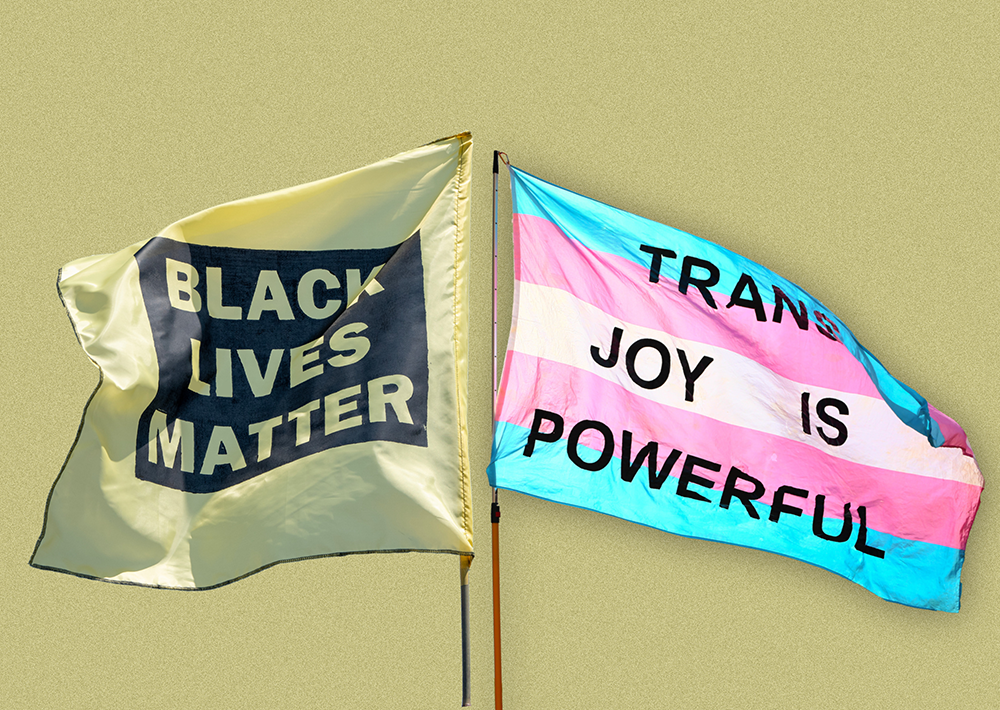Max Johnson’s life while he waited for a heart transplant had become so miserable and traumatic that he didn’t care whether he carried on or not. Indeed, the colourless, almost lifeless nine-year-old recorded a video saying he wanted to die. His parents felt as though they were on ‘death row’ as they waited for a donor. They knew, too, that the call announcing there was a heart for their son would mean that somewhere else in Britain a family was mourning. They would benefit from the sudden death of someone they were initially only told was an ‘age-appropriate donor’. Max’s mother read between the lines: her son was getting the heart of another nine-year-old.
The call announcing there was a heart for Max would mean that somewhere else in Britain a family was mourning
That heart had belonged to Keira Ball, who enters Rachel Clarke’s extraordinary book full of life and with all the time in the world ahead of her – until she and her mother and siblings were involved in a car crash that left her brain dead. This book is the story not just of how Keira’s heart ended up being carefully sewn into Max’s body so that his cheeks turned pink for the first time in more than a year. It is also the story of how the Johnsons’ case helped change the law on organ donation to presumed consent, rather than relatives opting in when their loved one was dying. It is so many other stories, too: of the medical breakthroughs in mechanical ventilation, surgery and immunology that meant the transplant could happen; also the doctors involved in both Max and Keira’s treatment – from the junior medic who was first on the scene of the crash and whose own life fell apart afterwards, to the transplant nurse who still visits Max’s family today.
In fact, every moment in the book has its own history. Max being greeted by Father Christmas when in hospital allows Clarke to tell us that for many decades toys were absent from children’s wards and parents were banned from visiting:
Although such restrictions were framed as being better for children and better for parents, in truth they were also more convenient and less disruptive to the traditional working patterns of medical and nursing staff.
It was only as a result of campaigning parents in the 1960s that the wards started to open up again.
Then there is the history of how Christiaan Barnard performed the first human heart transplant in South Africa in 1968, and the many failed imitations in the ensuing years before surgery and immunosuppressants advanced enough that a body wouldn’t reject another person’s heart. Barnard is a complicated figure. He had plenty of ego, but also devoted himself to the post-transplant care of each patient. Other surgeons viewed him with suspicion, criticising the way he ‘toured the world as a super-celebrity’, which led to a frenzy of attempted transplants globally, even though the surgeons performing them had ‘negligible experience of managing rejection and immunosuppression’.
Clarke is interested by the level of detachment a surgeon must have to be able to perform these kinds of operations, to the extent that she recalls a controversial paper published by the Royal College of Surgeons of England entitled ‘A stressful job: are surgeons psychopaths?’ The authors, both surgeons, found higher than average psychopathy scores among the 172 hospital consultants they assessed.
Clarke herself has long been expert at examining the abnormal way in which doctors must relate to life and the human body. In her first book she explained how everything stops being normal as soon as you see a cadaver in medical school, and must stay abnormal so that a doctor can, for instance, stick a large needle into a patient. But she is not at all detached in this book, writing with pathos about the story of Keira.
It is not an easy read – full of the raw emotion you would expect of an account of a girl dying and the parents of a boy worrying he soon would die, too. Clarke takes us through the accident and Keira’s death in unsparing but tender detail; and she makes us sit through Max’s decline from dilated cardiomyopathy. The thoughts and feelings of the families are here. It was the 11-year-old Katelyn Ball who first raised the possibility that her sister’s organs should be donated, at a point when the adults in the room still assumed she hadn’t even taken in that Keira was going to die.
The family were all clear that their kind little girl would have wanted this, and so the consultant in paediatric intensive care, Dr Sarah Goodwin, didn’t even need to broach the subject with them. Keira’s father, Joe, who is alone because his wife is still in intensive care, decides that when his daughter returns from the surgery to remove her organs, she should be wearing a beautiful party dress. He rushes off to buy a pink sparkly taffeta princess dress from a nearby department store. Before Keira is taken into theatre, Goodwin watches him with her. ‘He talked to Keira for a long time. Then he just kissed her on the forehead and said something like: “I know you are going to go and do something incredible now.”’
Clarke is a stylist as well as a doctor, so the book is a potent combination of the arresting and the informative. It isn’t unputdown-able for the simple reason that you have to lay it down often to compose yourself. A quote on the cover describes it as ‘life-affirming’, which is a mis-sell, because it lands it in the genre of schmaltzy, sickly sweet books full of ‘hope’. That’s not what Clarke is after. She chokes you with the horror of how cruel and random life is. A saccharine account would have ended with the heart beating in Max’s chest; but Clarke has an ‘aftermath’ chapter in which she points out, probably to many readers’ surprise, that the average life expectancy of someone after heart transplant is only 14 years. She says that ‘nothing was easy’ after Max came home. Yet he had colour in his face and was able to enjoy the vividness of life because of Keira.








Comments